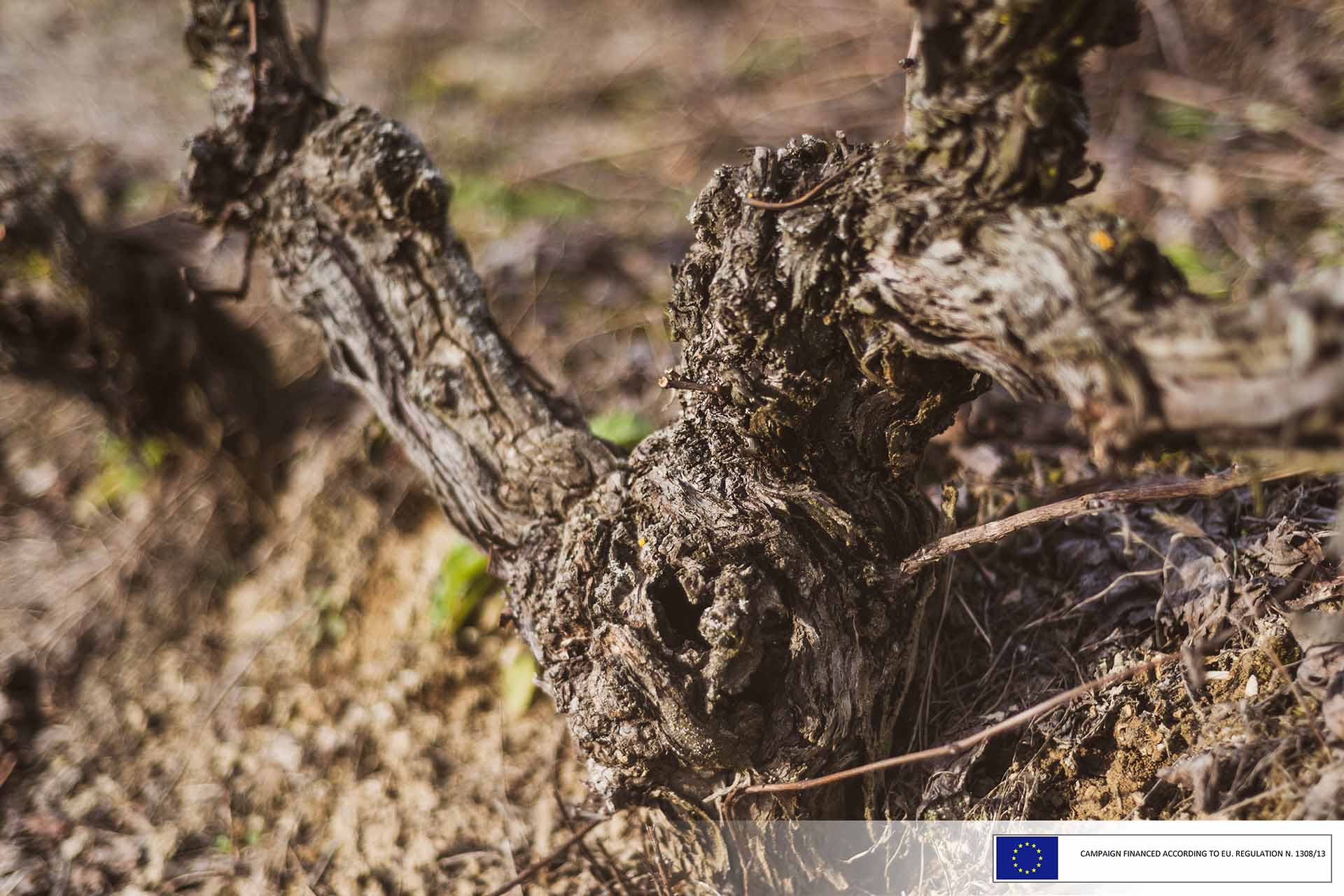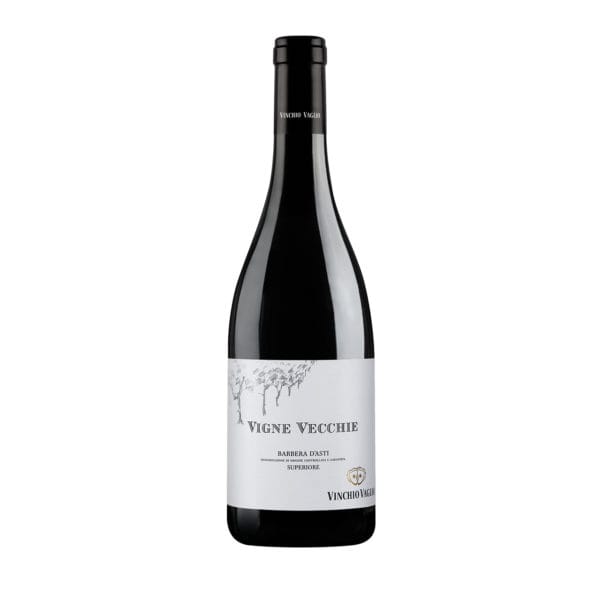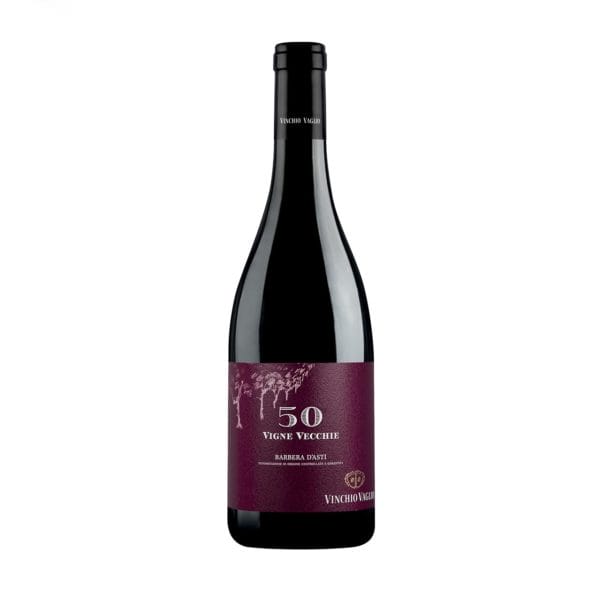We are in the mid-1980s, and while in the rest of Italy most wine-growers are grubbing up old vines in favour of new, more productive plants that are suitable for mechanical processing, in Vinchio Vaglio winery a revolution is taking place.
… But let’s take a step back.
What is meant by ‘old vines’?
The life cycle of a vine is as follows: from 1 to 3 years the vine is unproductive, up to the fifth or seventh year productivity increases and then remains constant up to the twentieth year, while continuing to grow in terms of quality. The timing may vary depending on the type of vine and other characteristics, but the constant rule is that, generally, after the 25th year of age, the vine’s productivity begins to decline.
The question at this point becomes? Is it still economically viable to keep them alive, or is it better to replace them with young vines?
Let’s add one more piece to the puzzle: old vines have very deep roots and produce grapes of superior quality, succeeding in giving deep, structured wines with great capacity to age over the years and authentically tell the story of their complex bond with the land.

The vision: the Vigne Vecchie project aims at quality
Giuliano Noè, the winery’s historic oenologist, together with the then president Ezio Gallesio, the secretary Giancarlo Cellino and the accounts auditor Franco Lajolo, gave birth to the ‘Vigne Vecchie’ project to obtain ‘a wine with an added value determined precisely by this strict selection’ of vines that are over 50 years old, not very productive but capable of exceptional quality.
In a world that goes at the speed of light, the Vigne Vecchie project decides to reverse course and focus on the value of slowly-executed things and gestures, so long repeated over time, that they have gotten under the skin. They decided to let the grapes express themselves in all their potential, moving away from standardised production, to achieve the excellence that only patience can give.
Fools, dreamers or visionaries?

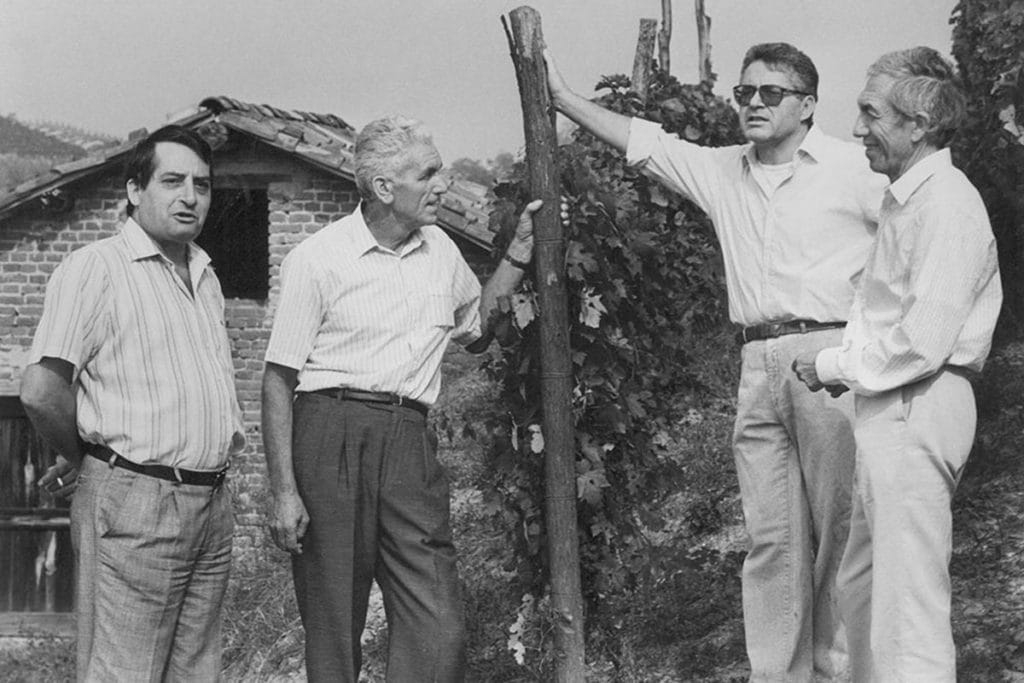

From the care to the harvesting of old vines: a heroic agriculture
The harvesting of old vines takes place, today as in the past, in the traditional way, using small perforated boxes that allow the state of the grapes to be checked at the moment of delivery. In these vineyards, in fact, the planting layout is very small and the slopes are such that some seem vertical, which is why mechanised harvesting is not possible.
These are vineyards that are over 50 years old (but many are also over 80 years old) that have developed such a deep root system that they are always able to find the water and nutrients needed to ripen the few grapes they produce even in particularly dry years.
The windery provides a bonus prize to the winegrowers who are committed to keeping these vines alive, in order to enable them to guarantee a certain yield per hectare, despite the low production performances in terms of quantity.
Each vineyard is catalogued and, throughout the year, monitored by technicians, and vinification and ageing also follow a separate line with the aim of enhancing the peculiarities and organoleptic qualities of the grapes.
This way, Cantina Cooperativa has managed to protect both the work of the vine growers and the land that was in danger of being abandoned, thus reviving Barbera.
And it was in 1989 when, just a few years after the birth of the prestigious cru Vigne Vecchie, the wine won first prize at the Barbera Auction at the Castello di Costigliole, reaching the highest price per litre (still unbeaten!).
Can we still call them fools or dreamers? They certainly were at that time, and even today keeping such vineyards alive means not losing an incalculable heritage of biodiversity.
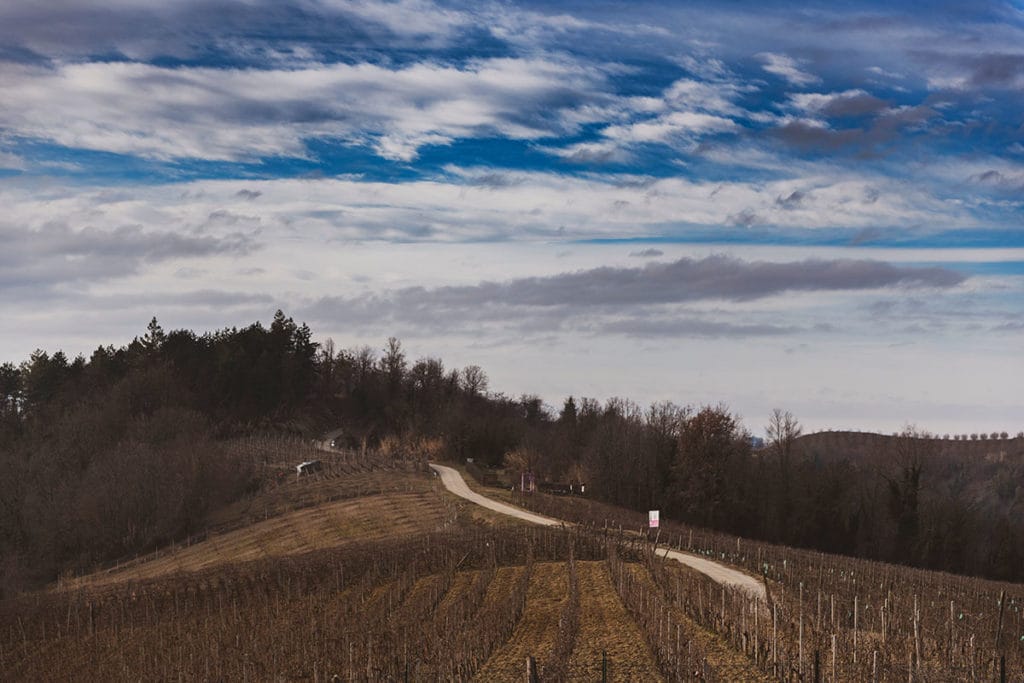



The wines from Vinchio Vaglio’s old vineyards
With the intention and hope of saving these vineyards and giving due recognition to the labours of so many winegrowers, Vinchio Vaglio winery began producing the ‘Vigne Vecchie‘ and then, in 2009 on the occasion of the winery’s 50th anniversary, the ‘Vigne Vecchie 50‘.
While the former refines in wood and thus speaks of Barbera in its longevity with a complexity of aromas and structure, with the latter it chooses to express the freshness and elegance of a young Barbera.
Because in these Barberas, born from the hard work of tenacious winegrowers and enlightened experts, there is something special we are sure you’ll also find in the glass.
The Old Vine Conference
The winery has recently joined The Old Vine Conference project, a prestigious initiative conceived by Sarah Abbott MW to promote and safeguard old vines internationally thanks to a rooted community that highlights best practices, develops projects and aims to give resonance to old vines.
After all, it is also thanks to those heroic vine-growers and those who have followed them that these hillsides have maintained the biodiversity that made them a UNESCO World Heritage Site in 2014.

